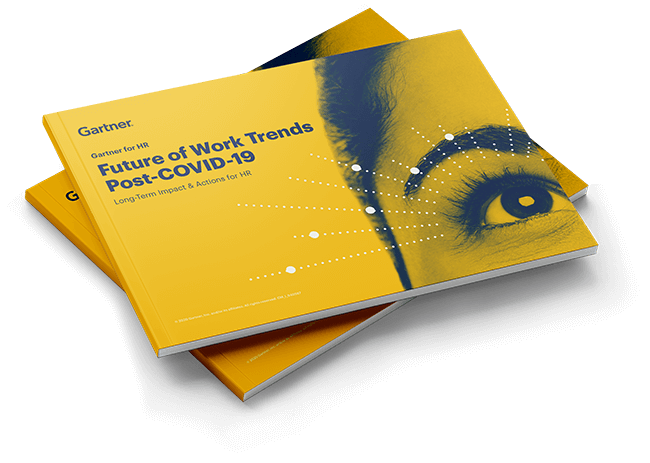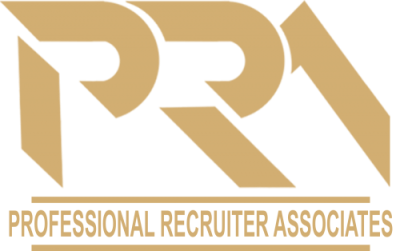9 Future of Work Trends Post Covid-19

https://www.gartner.com/smarterwithgartner/9-future-of-work-trends-post-covid-19
The employee value proposition (EVP) must change for hybrid work and respond to shifts in employee expectations.
The last two years have had a lasting impact on the future of work. It’s imperative that HR leaders evaluate the immediate and longer-term impact of these trends and the degree to which they will change strategic goals and plans.
“Chief human resource officers (CHROs) are facing historic challenges from an exhausted workforce and a highly competitive labor market,” says Brian Kropp, Distinguished Vice President at Gartner. “At the same time, this environment creates an exciting opportunity for CHROs to lead talent into the future and differentiate their organizations as employers of choice.”
These nine trends have a great impact on the employee experience, which underscores how the EVP must change and respond to shifts in employee expectations.
No. 1: Hybrid work becomes mainstream
Hybrid work is here to stay. With 75% of hybrid or remote knowledge workers agreeing their expectations for working flexibly have increased, there is no doubt that the future is hybrid. In fact, if an organization were to go back to a fully on-site arrangement, it would risk losing up to 39% of its workforce. You must create a new, human-centric model for the hybrid environment by designing work around employee-driven flexibility, culture connectedness and human leadership.
No. 2: There’s a shortage of critical talent
HR leaders are under more pressure than ever to fill roles with those with critical skills to meet market needs and drive organizational change. While there’s an urgency to obtain scarce, critical capabilities, there’s also an effort to optimize costs in the current economic climate. To fill skills needs both effectively and efficiently, broaden the range of talent strategies under consideration, either as part of your strategic planning or as needs arise. For example, develop processes, norms and infrastructure that facilitate the mobility of employees from their current roles to other existing or newly created roles within the organization. This creates an internal labor market and makes it easier and more attractive for employees to move jobs without exiting the company.
No. 3: Well-being is a key metric
Traditional employee experience indicators, such as engagement surveys and turnover metrics, aren’t showing the whole picture — for example, measuring current experience or overall well-being — which impacts employee performance and intent to stay. Although 70% of organizations made additional investments in well-being throughout the last two years, most employees are still not taking advantage of these offerings. You must deliver on well-being as part of your EVP to attract and retain talent.
No. 4: DEI outcomes could worsen
Hybrid and remote work does not guarantee all employees will experience the benefits of this change equitably. This has the potential to worsen diversity, equity and inclusion (DEI) outcomes. For example, 76% of managers say on-site employees are more likely than remote workers to be promoted. Considering that women and employees from underrepresented groups are more likely to want to leverage flexible work, proximity bias becomes a recipe for inequity. To support all employees in a hybrid future, you must mitigate bias in performance and recruiting and support underrepresented talent.
No. 5: Turnover will increase
Hybrid work has become a baseline expectation for most employees, and organizations are already seeing the effects. Turnover has significantly increased when employees are required to come back into the office full time, and 52% of employees say flexible work policies will affect the decision to stay at their organization. Turnover will continue to increase because the emotional costs of leaving the organization are lower when hybrid and because there’s more choice in employers when location is no longer a factor. To combat this sustained turnover, connect hybrid employees to the organization’s culture and invest in talent processes to expand employee networks.
No. 6: Managers’ roles are changing
With fewer opportunities for spontaneous in-person interactions in the workplace, managers need to be more intentional in establishing and developing relationships with their team members. The manager-employee relationship is critical in shaping the employee experience and connection to the organization. CHROs need to provide managers with the proper tools to become human leaders and manage employees’ career perceptions, well-being and connection to organizational culture.
No. 7: Gen Z wants in-person work experiences
Although the younger generation is comfortable with hybrid work (having finished their education and entered the workforce during the pandemic), the experience has left something to be desired. To Gen Z, remote work is about continuing connections built in person while maintaining a flexible schedule. Pay attention to Gen Z’s expectations of the postpandemic world of work. The needs of these entry-level hires will impact decisions surrounding redesigned office spaces, in-office onboarding support and development opportunities.
No. 8: Shorter work weeks are a new EVP
Labor market competition and high inflation are putting pressure on compensation, but many organizations can’t afford to increase pay as quickly as employees want or expect. If inflation continues to rise, not all employers can attract and retain talent on compensation alone. This is challenging organizations to rethink their EVP with reduced hours. To consider this new EVP approach, C-suite leaders and hiring managers must work together to review roles and processes in which a shorter work week is possible.
No. 9: Data collection is expanding
Gartner analysis shows that 16% of employers are more frequently using technologies to monitor their employees through methods such as virtual clocking in and out, tracking work computer usage, and monitoring employee emails or internal communications/chat. While some companies track productivity, others monitor employee engagement and well-being to better understand employee experience.
Even before the pandemic, organizations were increasingly using nontraditional employee monitoring tools, but this trend will only accelerate thanks to monitoring of remote workers and the collection of employee health and safety data. Make sure to follow best practices to ensure responsible use of employee information and analytics.
In short:
- Ongoing changes in the way people work have permanently transformed employees’ relationship with and expectations of work.
- Hybrid work could be a great opportunity or a great risk, particularly for diverse talent.
- These nine high-impact trends create an exciting opportunity for organizations to differentiate themselves as employers of choice.

Professional Recruiter Associates